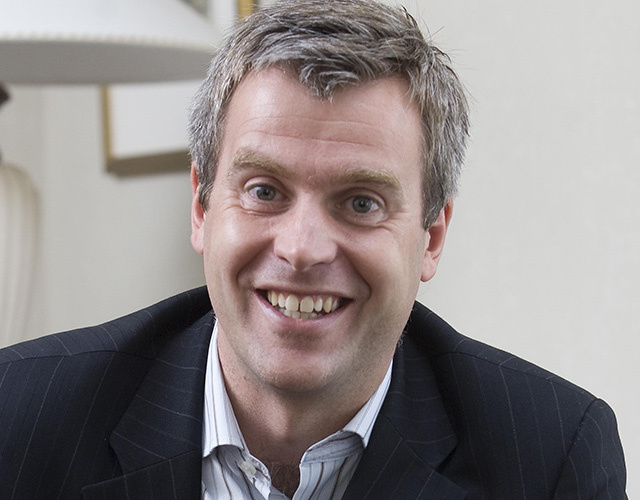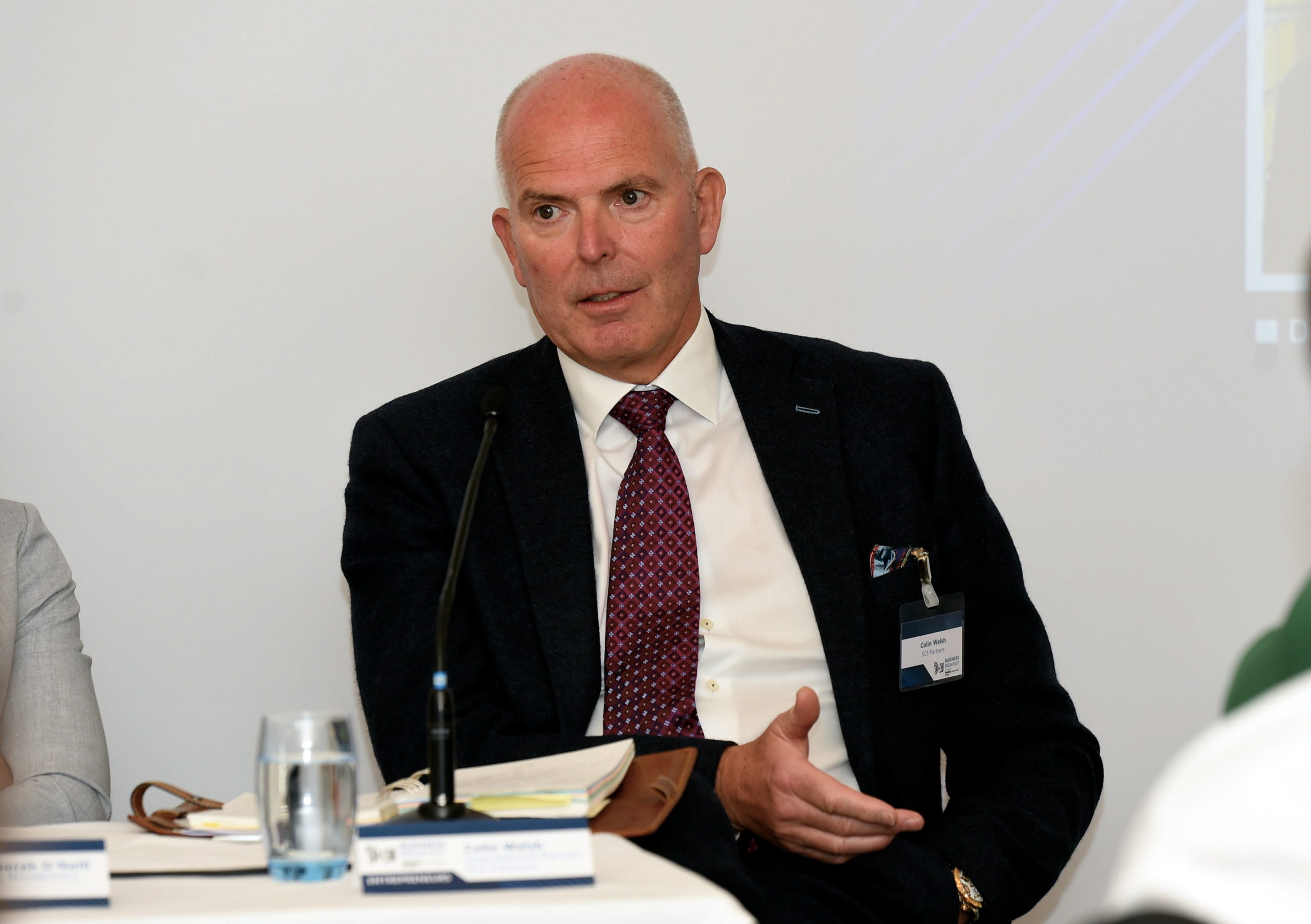
Mergers and acquisitions (M&A) are almost completely off the table in the oilfield services (OFS) sector, investment experts have said.
Companies are too busy fighting for their lives, while the impossibility of predicting the market and arranging face-to-face meetings are also sizeable barriers to getting deals done.
But activity will reappear – possibly even before the end of this year – as firms consolidate to survive.
Transactions won’t fit the description of traditional M&A, as most people understand it, but will involve a combination of cashless mergers as larger, stronger companies take advantage of weaker rivals’ struggles.
Nick Dalgarno, managing director at investment banking firm Simmons Energy, said M&A would “undoubtedly” play a part in making sure certain OFS firms are around for the medium to long term, in some shape or form.
He said interest from potential Middle East buyers in recent weeks could turn into an “early source of recovery” in the service cycle.
These prospective buyers are on the lookout for technology that can be imported into their domestic markets and opportunities to “extend their global footprint”.
And, promisingly, there are many private equity firms with “significant dry powder”.
Dalgarno said: “We expect to see the specialist energy services private equity firms being active, but they will likely be more selective because the opportunity set is bigger and they may see opportunities in restructuring rather than traditional leveraged buy-outs.”
M&A can occur in “almost any market”, including during downturns, he said.
At the same time, he did acknowledge that conditions for M&A are now “extremely difficult”.
Buyers certainly have the advantage over sellers, but timing is a real conundrum.
“It is always difficult to try to call the bottom of a market and so buyers need to believe in the medium to longer-term prospects of a target,” Dalgarno said.
Another barrier is the impossibility of predicting the future earnings of a target company at a time when the publication of market updates and results are being delayed and suspended.
Furthermore, while large tracts of the population are getting used to remote working, the absence of face-to-face meetings is “not conducive” to M&A, according to Dalgarno.
“Desktop diligence and video conference calls are not really a substitute when making multi-million-pound deal decisions,” he explained.
Right now, it really is “all about survival”.
Dalgarno said bosses at OFS companies would have “dusted off their survival playbooks” from late 2014 onwards.
Most of them “know the drill” and will be reacting swiftly to preserve cash, Dalgarno said.
That will generally mean a combination of shorter weeks, salary reductions, overhead cuts and the suspension of capex and discretionary expenditure.
As such, transaction activity will be “significantly lower” and spending capital on M&A will be “the exception, rather than the norm” in the short term.
As the market recovers, we should see deals “fuelled by distress and creativity”, Dalgarno said, adding that combinations and mergers will be used, rather than cash acquisitions.
Colin Welsh, international partner at private equity firm SCF, whose portfolio companies include north-east firms Score Group and Centurion, agreed that survival is the top priority.
Welsh said the industry was in a phase of “battening down the hatches and putting on hard hats”.
“The industry has been through many downturns, so what we’re doing today is not new,” he said. “There are only so many things you can do. You can furlough and pay off people, cut capex, for example.”
Welsh is not among those expecting a swift, “v-shaped” recovery, and is concerned that the oil industry is in for a “very prolonged” downturn.
Even if the oil price does quickly go back above $50 per barrel once the Covid-19 lockdown lifts, there’s no doubt that this latest episode will have given people’s confidence a hefty knock.
“I’m normally optimistic, but it’s really tough to be optimistic just now,” he lamented.
He said none of the conditions needed for traditional M&A are currently present and that deploying capital would be “crazy” at a time when no one is sure what the next 12-18 months holds.
Once the “battened hatches” phase ends, the insolvency phase begins, and Welsh expects a lot of companies to go bust.
Others could limp along for several months, at which point consolidation opportunities may arise.
“You will begin to see some movement in the M&A market but I do not see anyone buying anything,” Welsh said. “It’s more likely to be cashless mergers or people picking up assets from liquidations at discounted prices. When might that be? That could be a Q3-Q4 event.”
In terms of casualties, Welsh said exploration and production (E&P) companies were also at risk of bankruptcy, primarily the small, publicly-listed “juniors”, who could “come under real pressure”.
But it is clear that the service sector is where the most of the pain will be felt, Welsh said.
Fewer insolvencies than expected took place during the downturn which struck in 2014, but there are key differences which could make the current downcycle more damaging.
Back then, the supply chain was forced to slash costs, often by a third, if not more. That simply will not be possible this time.
While E&P companies raked in the cash over the last couple of years following an improvement and stabilisation in crude prices, most suppliers have not seen their margins increase at all.
Dalgarno said: “As a sector, we have barely recovered from that prolonged downturn. There is far less ‘fat’ in the system than there was in 2014, both organisationally and operationally, as well as in the balance sheet.
“Over the last five years, the oil and gas supply chain has transformed and made the North Sea (and other offshore markets) competitive at significantly lower oil prices. There is a limit to what else can be done.”
Welsh said: “As we come out of Covid-19, crude demand won’t go back to where it was for a long time, so E&P companies and everyone else are going to be starved for cash.
“They’re cutting budgets and asking companies to give them discounts, but the service companies don’t have the discounts to give. Everyone will be delaying their payables, but if everyone does that it just means the people at the bottom of the food chain get squeezed and go bust.”
Welsh said SCF was totally focused on its existing portfolio companies and making sure they survive.
But when the fog lifts, Welsh believes SCF could use its “existing platforms” to pick up some of the businesses that will “inevitably be in difficulty”.
Helge Tveit, managing partner at EV Private Equity (EVPE), agreed that E&P companies would not be able to squeeze the supply chain the way they did during the last downturn.
He said suppliers were “turned upside down” in the years that followed the price drop of 2014 and, as a result, don’t have much more to give in terms of discount.
Tveit said: “If E&P costs have to go down by a significant percentage there won’t be a supply chain at the end of the journey, which helps no one, so the challenge is more significant than we’ve seen in the past.”
Companies that had pre-existing issues with cash flow and significant debt are “likely” to be the “casualties” of this crisis, he said.
Seismic and supply vessel companies, for example, were already in distress and are firmly in the at-risk category, now that the price plunge has amplified their problems.
He said EVPE was still “actively investing” and that he expects opportunities for consolidation to arise using its portfolio companies as platforms.
EVPE, which has offices in Aberdeen, Houston and Stavanger, has more than $1 billion of assets under management and a portfolio of 20-plus companies.
Among that contingent are Deep Casing Tools and Motive Offshore, headquartered in north-east Scotland, while Westwood Global and Add Energy have offices in Aberdeen.
Tveit said: “We have capital still in our funds that can be used in these situations. I can’t talk about specific targets but we are looking for different technologies that can help push efficiencies in oil and gas and provide unique solutions and ways of working for companies that can reduce costs.
“We would also like to see companies which make positive contributions to greenhouse gas reductions. That’s a criterion we’ve added to our strategy. A lot of the companies we’ve invested in have made big contributions to greenhouse gas reductions and we’ve done studies to underpin that.”



